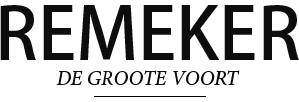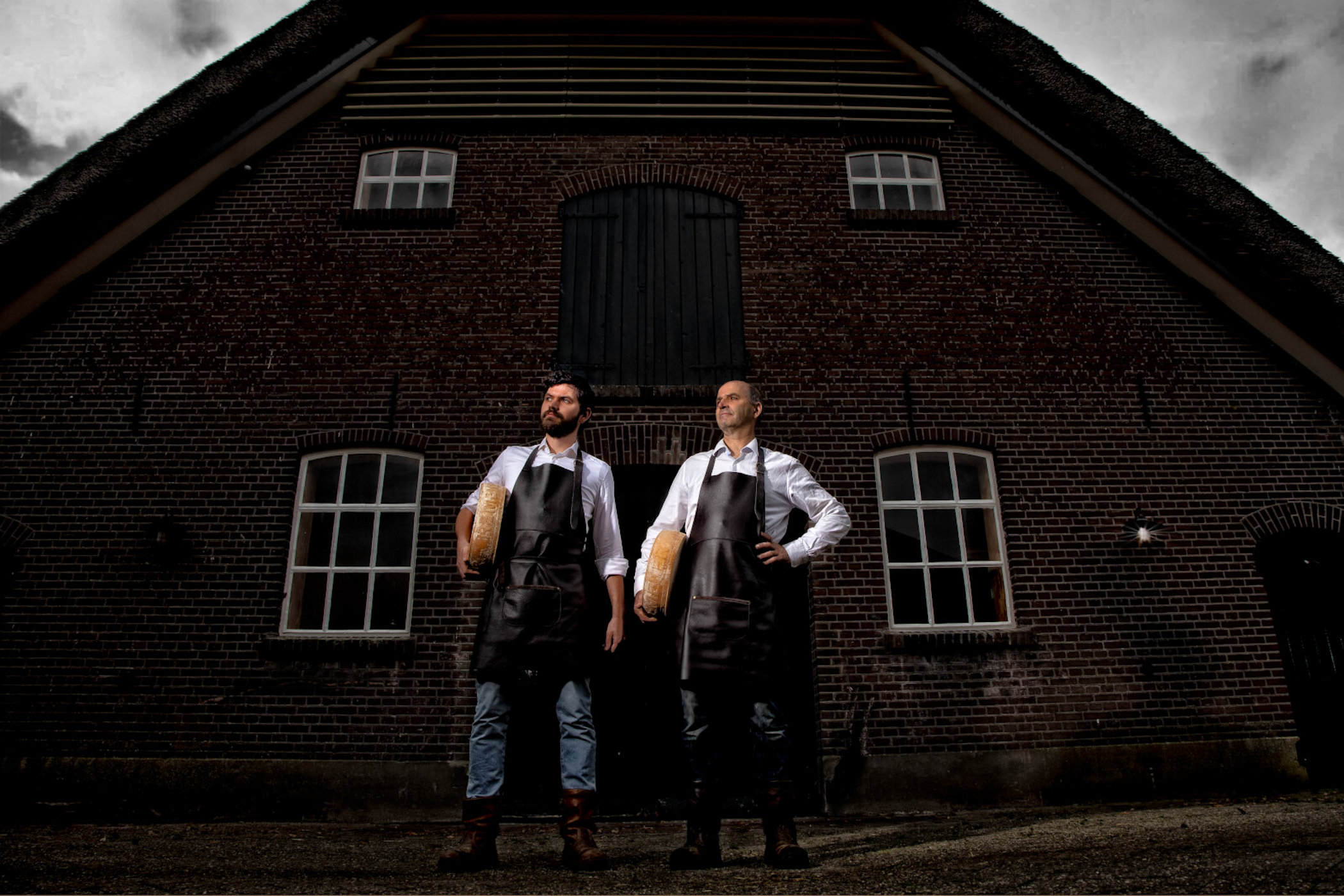The van de Voort family
Since about 1650, the farm and its fields have been owned and cared for by the van de Voort family.
The property lies along the ancient Postweg (‘Post/Mail Road’), precisely at the place where this road crosses the small river called the ‘Lunterse beek’ (‘Lunteren beck’).
The family name derives from this strategic location, because ‘Voort’ is old Dutch for a ‘ford’ in a river and ‘Van de’ means literally ‘of the’.
Peter and Jan Dirk
Peter van de Voort built the current farm in 1925 for his son Jan Dirk van de Voort, who got married in that year. A son was born in 1926: Peter van de Voort. He, in turn, became the father of Jan Dirk van de Voort, who now owns and farms De Groote Voort (‘the big ford’). And he, too, has a son called Peter.
A brief history
Until 1925 (grandfather) Peter (1869-1942) leased out the farm.
His son, Jan Dirk (1901-1977), was more into meetings than into farming and that was done by farm lads and the maid.
It was his son – Peter (1926-2013) – who in 1926 first started milking and guided the farm through the period of artificial fertilisers and increasing mechanisation.
It was he who introduced the first Jersey cows both to the farm and to this country, a step that turned out to be a golden opportunity for the next generation.
The current owner, Peter’s son Jan Dirk (1957), set his sights initially on increasing efficiency by expansion and increasing productivity.
Starting in 1985, a small proportion of the milk was turned into Jersey milk cheese and Remeker cheese was born!
In 1991, De Groote Voort received certification as organic and shortly after, Jan Dirk’s wife Irene started working on the farm.
In 2004 Jan Dirk stopped two important procedures: the cows were no longer dehorned and antibiotics ceased to be used on the farm.
In the meantime, their son Peter (1987) has officially joined the farm enterprise and Irene has followed in grandfather Jan Dirk’s footsteps by running and attending the necessary meetings.
The name ‘Remeker’
As long ago as the 17th century one of the farm’s fields was called ‘Remeker’. Apparently, this name is composed of two old Dutch words, eker (oak) and reem (surrounded by). So Remeker is a field surrounded by oaks. And except for just one side of the field where those oaks were felled, the other oaks are still there today.

